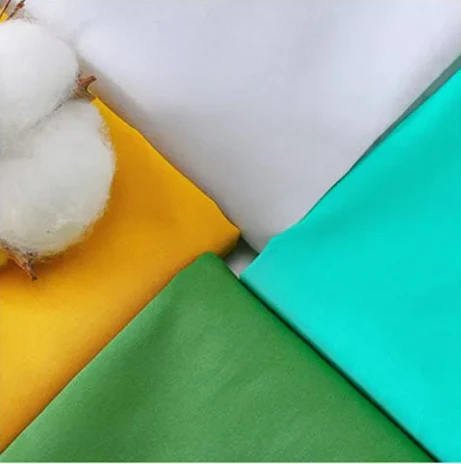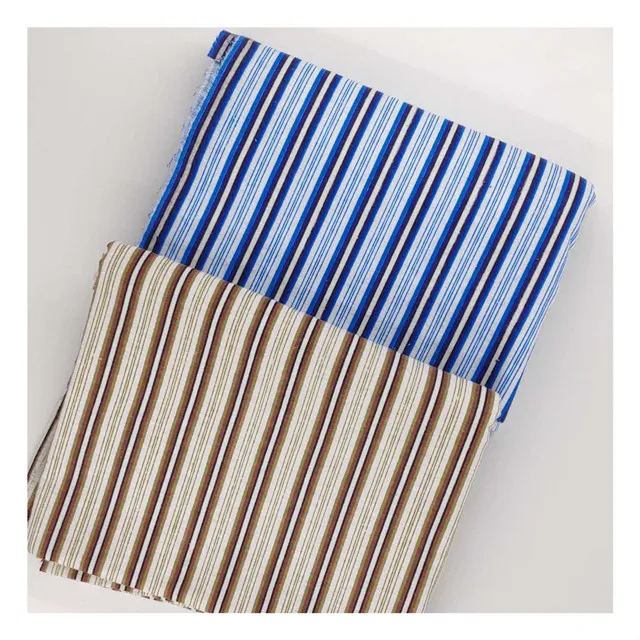
- Afrikaans
- Albanian
- Amharic
- Arabic
- Armenian
- Azerbaijani
- Basque
- Belarusian
- Bengali
- Bosnian
- Bulgarian
- Catalan
- Cebuano
- Corsican
- Croatian
- Czech
- Danish
- Dutch
- English
- Esperanto
- Estonian
- Finnish
- French
- Frisian
- Galician
- Georgian
- German
- Greek
- Gujarati
- haitian_creole
- hausa
- hawaiian
- Hebrew
- Hindi
- Miao
- Hungarian
- Icelandic
- igbo
- Indonesian
- irish
- Italian
- Japanese
- Javanese
- Kannada
- kazakh
- Khmer
- Rwandese
- Korean
- Kurdish
- Kyrgyz
- Lao
- Latin
- Latvian
- Lithuanian
- Luxembourgish
- Macedonian
- Malgashi
- Malay
- Malayalam
- Maltese
- Maori
- Marathi
- Mongolian
- Myanmar
- Nepali
- Norwegian
- Norwegian
- Occitan
- Pashto
- Persian
- Polish
- Portuguese
- Punjabi
- Romanian
- Russian
- Samoan
- scottish-gaelic
- Serbian
- Sesotho
- Shona
- Sindhi
- Sinhala
- Slovak
- Slovenian
- Somali
- Spanish
- Sundanese
- Swahili
- Swedish
- Tagalog
- Tajik
- Tamil
- Tatar
- Telugu
- Thai
- Turkish
- Turkmen
- Ukrainian
- Urdu
- Uighur
- Uzbek
- Vietnamese
- Welsh
- Bantu
- Yiddish
- Yoruba
- Zulu
Jan . 19, 2025 02:32
Back to list
cotton flannel fabric
Embroidery fabric has grown remarkably popular among fashion designers, DIY enthusiasts, and interior decorators. It embodies a unique blend of tradition and modernity, making it an invaluable material in various creative industries. With the surge in demand for personalized and custom-made products, understanding the intricacies of embroidery fabric is more relevant than ever.
Embroidery fabric choices extend beyond material type to include pattern compatibility and color coordination. The harmony between thread and fabric is crucial in achieving a visually compelling piece. One must consider the thread's color against the fabric's background to ensure contrast and visibility. Moreover, the choice of stitch technique can influence the selection of fabric; for instance, heavier fabrics are suited to bold, textured stitches, while lighter materials are more appropriate for delicate, intricate designs. Innovations in the textile industry have further expanded the scope of embroidery fabric use. Eco-friendly fabrics made from recycled fibers or organic materials appeal to environmentally-conscious creators. These sustainable options provide quality and appeal while maintaining a reduced carbon footprint, aligning with modern trends towards more ethical crafting practices. The artistry in embroidery is not only about thread and needle but also involves an understanding of the fabric's role. Trusted sources and authoritative voices in textiles emphasize the importance of selecting high-quality fabrics from reputable suppliers. Investing in quality materials ensures that the integrity of the embroidery is maintained over time, preventing issues such as fabric distortion or color bleeding. Embroidery aficionados often share their experiences and insights through workshops, online forums, and social media platforms. Such communities offer a wealth of knowledge, providing real-life testimonials and troubleshooting tips that enhance practical skills. By engaging with these communities, both novices and experts can broaden their understanding, drawing from collective expertise to perfect their craft. Ultimately, the journey of discovering the right embroidery fabric is a blend of research, experience, and intuition. For those dedicated to the craft, the fabric is not just a medium but a collaborator in the creation of art. With careful selection and informed practices, embroidery fabric becomes more than just a background; it transforms into a foundational element that supports and elevates the embroidered narrative.


Embroidery fabric choices extend beyond material type to include pattern compatibility and color coordination. The harmony between thread and fabric is crucial in achieving a visually compelling piece. One must consider the thread's color against the fabric's background to ensure contrast and visibility. Moreover, the choice of stitch technique can influence the selection of fabric; for instance, heavier fabrics are suited to bold, textured stitches, while lighter materials are more appropriate for delicate, intricate designs. Innovations in the textile industry have further expanded the scope of embroidery fabric use. Eco-friendly fabrics made from recycled fibers or organic materials appeal to environmentally-conscious creators. These sustainable options provide quality and appeal while maintaining a reduced carbon footprint, aligning with modern trends towards more ethical crafting practices. The artistry in embroidery is not only about thread and needle but also involves an understanding of the fabric's role. Trusted sources and authoritative voices in textiles emphasize the importance of selecting high-quality fabrics from reputable suppliers. Investing in quality materials ensures that the integrity of the embroidery is maintained over time, preventing issues such as fabric distortion or color bleeding. Embroidery aficionados often share their experiences and insights through workshops, online forums, and social media platforms. Such communities offer a wealth of knowledge, providing real-life testimonials and troubleshooting tips that enhance practical skills. By engaging with these communities, both novices and experts can broaden their understanding, drawing from collective expertise to perfect their craft. Ultimately, the journey of discovering the right embroidery fabric is a blend of research, experience, and intuition. For those dedicated to the craft, the fabric is not just a medium but a collaborator in the creation of art. With careful selection and informed practices, embroidery fabric becomes more than just a background; it transforms into a foundational element that supports and elevates the embroidered narrative.
Latest news
-
The Versatility and Elegance of White Cotton Poplin FabricNewsJun.23,2025
-
The Luxurious Comfort of Carded CottonNewsJun.23,2025
-
Explore the Luxurious Comfort of Cotton Flannel ClothNewsJun.23,2025
-
Discover the Versatility of Cotton Poplin ClothNewsJun.23,2025
-
Bleach Cotton FabricNewsJun.23,2025
-
100 Cotton BlendNewsJun.23,2025
-
Versatile Elegance with Poplin Fabric for SaleNewsMay.15,2025
